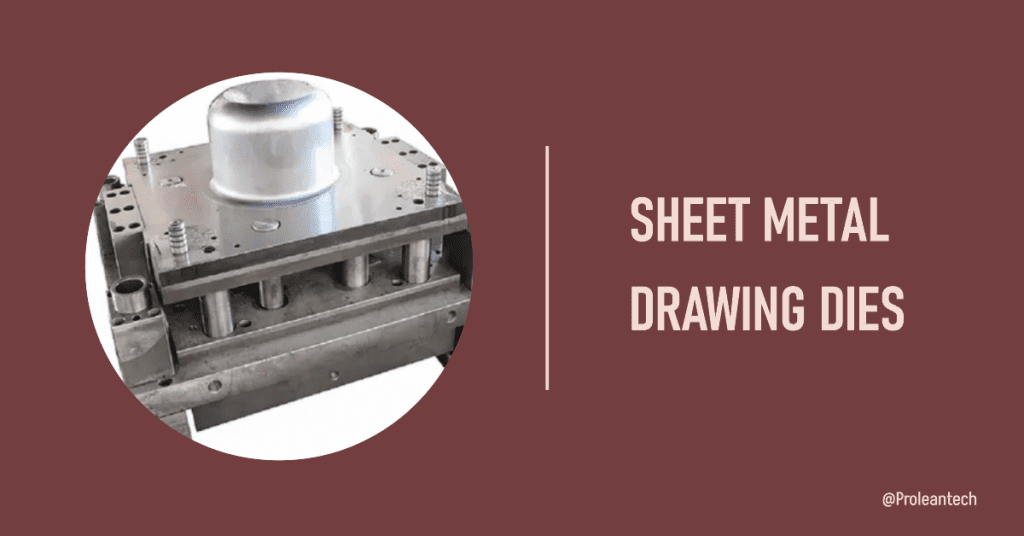
Dies are a cornerstone of the sheet metal drawing process. These specialized tools are typically made of hardened steel and shaped sheet metal in various forms, from simple to highly intricate. A well-crafted die can make the difference between a successful project and one that falls short.
This article will take you through the step-by-step process of making dies for your sheet metal drawing project, helping you to achieve precision, quality, and efficiency in your manufacturing endeavors.
Understanding the Basics: What is a Die?
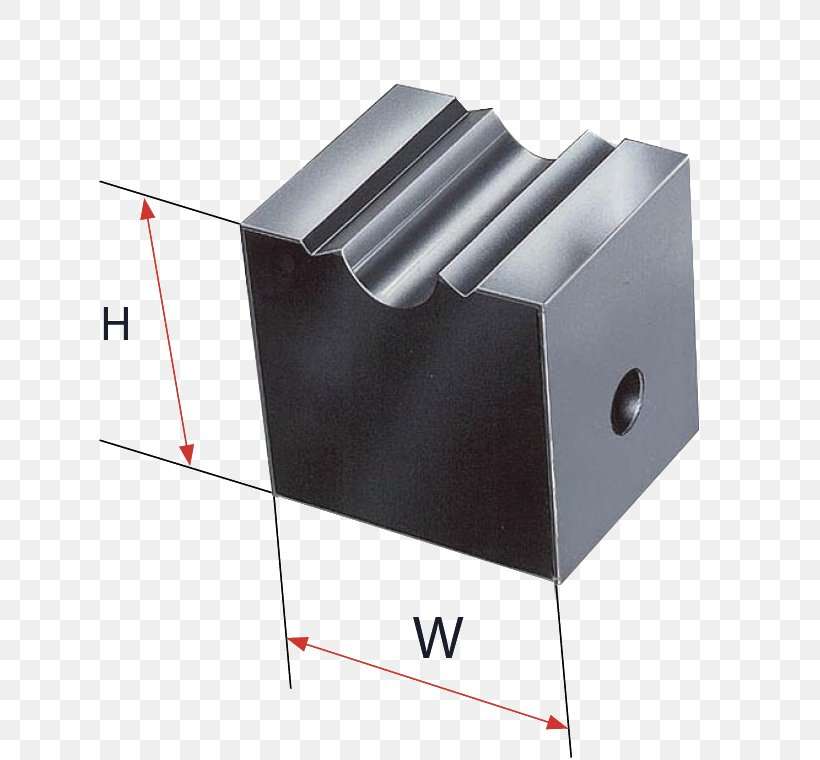
Die for Deep-drawing
A die is an essential tool used in manufacturing industries for cutting, shaping, and forming materials into particular sizes and shapes. Predominantly used in the sheet metal industry, dies to play a crucial role in the drawing process.
In sheet metal drawing, a die can be defined as a hardened tool, often made from tool steel or carbide, that provides a specific shape to the sheet metal. When pressed into the die by a punch, the sheet metal takes the die’s shape, creating a drawn or formed part.
The primary function of a die is to give form to sheet metal in the drawing process. It plays a critical role in determining the drawn part’s shape, size, and features. As such, a die’s quality directly impacts the final product’s quality.
What Are the Different Types of Dies?
Various types of dies are used in sheet metal drawing, each designed to perform specific functions. Some of the common types include:
- Single-Operation Dies: These dies are designed to perform a single operation, such as blanking, piercing, or bending.
- Compound Dies: Compound dies perform two or more operations in a single stroke. They can, for example, perform both blanking and piercing.
- Progressive Dies: Progressive dies perform multiple operations in a sequence. The sheet metal progresses through several stations, each performing a different operation, resulting in a completed part at the end of the sequence.
- Drawing Dies: These dies are used for deep drawing, where sheet metal is drawn into the die cavity to form a specific shape.
Here is a table summarizing the different types of dies:
| Type of Die | Function |
|---|---|
| Single Operation Die | Performs a single operation |
| Compound Die | Performs two or more operations in a single stroke |
| Progressive Die | Performs a sequence of operations, producing a part at the end of the sequence |
| Drawing Die | Used in the deep drawing process to shape sheet metal |
Step-by-Step Guide to Making Dies
Creating a die for sheet metal drawing is a meticulous process that requires technical skills and attention to detail. The following steps present a clear walkthrough of how to make dies for a sheet metal drawing project.
Step 1: Designing the Die
Every project begins with a concept, and die making is no exception. This phase encompasses the design and planning of the die, which is fundamental for the rest of the process. It begin with visualizing the design for the final product. Consider the shape, size, and intricacies that the finished sheet metal part should possess. These parameters will guide the design of your die.
Furthermore, you can take advantage of Computer-Aided Design (CAD) software tools to create a 3D representation of the die. Popular CAD tools include SolidWorks, AutoCAD, and CATIA. These tools allow for easy visualization, adjustments, and finalization of the design.
Step 2: Selecting the Right Materials
Choosing the appropriate material for your die is crucial. The material must endure the demanding process of sheet metal drawing without degrading the die’s integrity.
- Consider the Hardness and Toughness : The hardness and toughness of the material must be balanced. While hardness ensures that the die can withstand the strain, toughness prevents the die from breaking under stress.
- Consider the Cost and Availability: Apart from performance, practical aspects like cost and availability of the material also play a crucial role in the selection process.
Step 3: Manufacturing the Die
The next step is manufacturing the die after designing the die and selecting the material. This process often involves cutting, machining, grinding, and polishing.
The selected manufacturing technique depends on the complexity of the die. Common techniques include CNC machining, Electrical Discharge Machining (EDM), and manual grinding and polishing.
Step 4: Testing the Die
The final step in making a die is testing it. This crucial step ensures that the die functions as expected.
The testing phase may involve visual inspection, dimensional measurement, or trial production runs. Any detected flaws should be rectified before using the die for full production.
Try Prolean Now!
What Are the Key Factors to Consider in Die Making?
The process of making a die for sheet metal drawing can be complex and demands meticulous consideration of various factors. These key factors play a crucial role in the successful production of dies and the final product.
| Key Factor | Description | Example |
|---|---|---|
| Hardness and Toughness | Material’s ability to resist deformation under high pressures and absorb energy without fracturing | Tool steel |
| Wear Resistance | Material’s ability to resist wear caused by repeated use | Tungsten carbide |
| Die Geometry | Design of the die that influences the quality of the final product and efficiency of the sheet metal drawing process | Angles, clearances, radii |
| Size Tolerance | Defined according to the required precision of the drawn parts | Tighter tolerance results in higher precision |
| Die Manufacturing Techniques | The process used to manufacture the die | Machining, grinding, Electrical Discharge Machining (EDM) |
| Quality Control Practice | Measures implemented throughout the die manufacturing process | Checking the accuracy and correcting any defects |
Comparison Table: Different Die-Making Methods for the Sheet Metal Drawing Process
As previously mentioned, sheet metal drawing dies can be manufactured through a variety of methods. These methods include traditional machining, grinding, and advanced techniques such as Electrical Discharge Machining (EDM) and Computer Numerical Control (CNC) machining.
Each of these techniques offers unique advantages and challenges, and the selection of a suitable method depends largely on the specifics of the die design, material, and the precision required in the final product.
Here’s a detailed comparison table that assesses each method based on several key parameters:
| Methods | Precision | The complexity of Die Design | Cost | Speed of Production | Suitability for Hard Materials |
|---|---|---|---|---|---|
| Traditional Machining | Medium | Low to Medium | Low | Fast | Moderate |
| Grinding | High | Low | Medium | Slow | High |
| Electrical Discharge Machining (EDM) | Very High | High | High | Slow | Very High |
| Computer Numerical Control (CNC) Machining | Very High | High | Medium to High | Medium to Fast | High |
Summing Up
Creating a die for a sheet metal drawing project is a meticulous process that requires a thorough understanding of the material’s properties, the die design, and the manufacturing process. The choice of method for making the die is primarily dictated by your project’s requirements, including the die design’s complexity, the required precision, and the project budget. By carefully considering these factors, you can create a die that not only meets the specific needs of your project but also enhances the efficiency and cost-effectiveness of your sheet metal drawing process.
At Prolean, we understand the pivotal role of dies in the sheet metal drawing process. Our team of experts is well-versed in die design and fabrication, ensuring that your metal-forming projects are executed with precision and efficiency. Apart from our exceptional die-making capabilities, we offer a suite of metal forming services tailored to meet your needs. Explore our die machining service today and discover how Prolean can improve manufacturing processes.
FAQ’s
1. What materials are suitable for making dies for sheet metal drawing?
Materials commonly used for making dies include tool steel, carbide, and sometimes hardened steel. The choice of material depends on factors such as the die’s complexity, the die’s expected lifetime, and the type of sheet metal to be drawn.
2. How can I choose the proper method for making dies?
The choice of method for making dies depends on the specifics of your project. Factors to consider include the required precision, the complexity of the die design, the material of the die, and your project budget.
3. Can the same die be used for different sheet metal drawing projects? </
The suitability of a die for different projects depends on the similarity of the requirements of the projects. The same die may be used if the projects require similar precision, die complexity, and sheet metal properties. However, using the same die for different projects could potentially reduce the lifespan of the die.
4. What common mistakes should be avoided when making sheet metal drawing dies?
Common mistakes when making sheet metal drawing dies include using the wrong material, not considering the sheet metal properties, and not testing the die before total production. Ensure the die is precisely designed and manufactured to avoid defects in the final product.

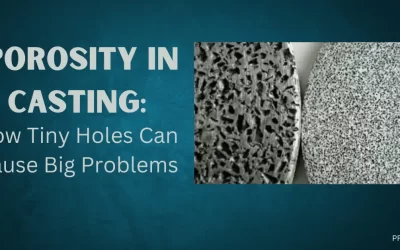
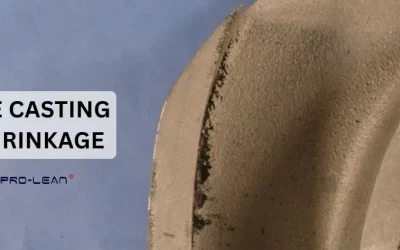
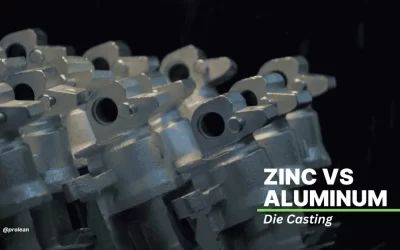
0 Comments